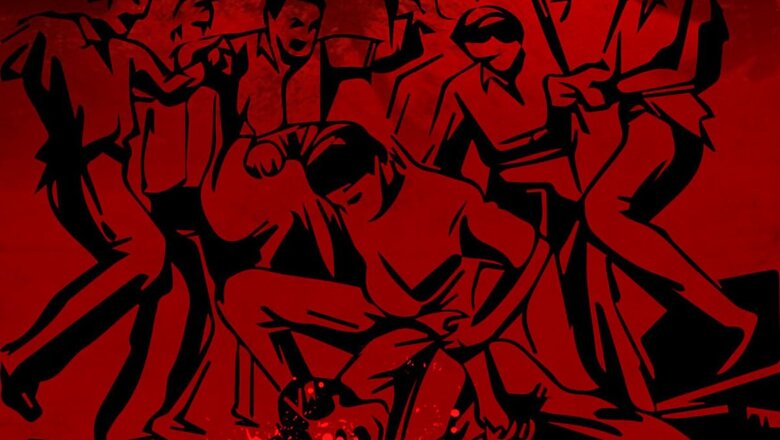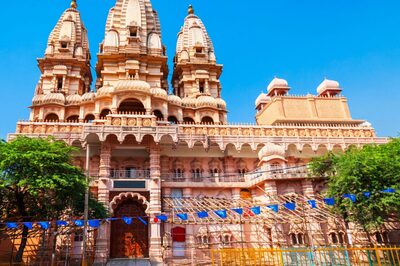
views
Eight-year-old Deshraj lost his life after his parents were physically barred from taking him to the hospital by upper caste men who had trapped the family into bonded labour since the last five years for mere Rs 25,000 in Madhya Pradesh’s Guna.
Five years ago, Pahalwan Singh had borrowed Rs 25,000 from an upper caste man. Ever since, he and his family have been trapped in bonded labour at the farm of the accused. The child had been unwell for the past one week and when the family asked the accused for money for treatment, they were beaten up.
Pahalwan Singh, who belongs to the Sahariya Scheduled Tribe escaped, and lodged a complaint, but no action was taken. The family is now waiting for unpaid wages and documentation, including essential documents called Release Certificates. The Release Certificates are crucial for released bonded labourers to obtain rehabilitation benefits under various government schemes. Without these papers, they are remain vulnerable to continued exploitation.
In 2016, then Union labour minister Bandaru Dattatreya had also committed to rescuing 1.84 bonded labourers by 2030. A Centrally Sponsored Plan Scheme for Rehabilitation of Bonded Labour has been operational since May 1978, with the aim of assisting state governments in rehabilitating bonded labourers.
The central government revamped the scheme in May 17, 2016, to make it the ‘Central Sector Scheme for Rehabilitation of Bonded Labourers 2016’. Under this, financial assistance has been increased from Rs 20,000 to Rs 1 lakh per adult male beneficiary, 2 lakh for special category beneficiaries like women and children, and 3 lakh in cases of extreme deprivation or marginalisation like transgenders, women or children rescued from ostensible sexual exploitation or trafficking, in cases of differently abled persons, or in situations where the district magistrate deems it fit.
The Government of India has amended the Scheduled Castes and the Scheduled Tribes (Prevention of Atrocities) Act, 1989 through a notification on April 14, 2016. Debt bondage happens to be India’s most common form of slavery.




















Comments
0 comment